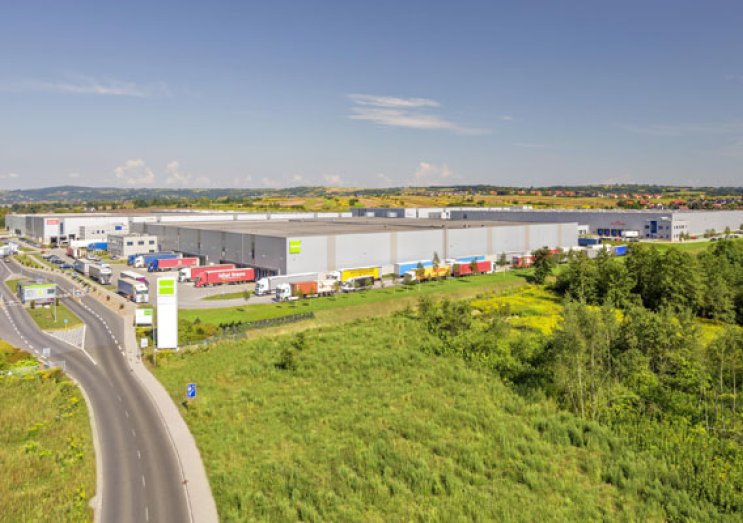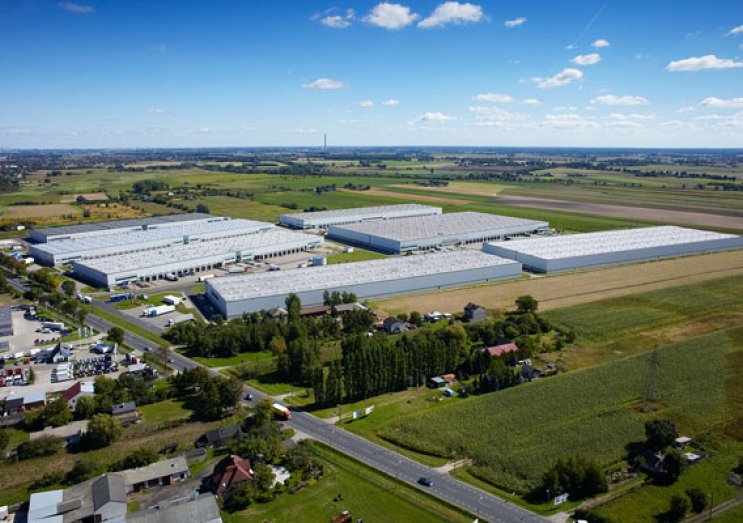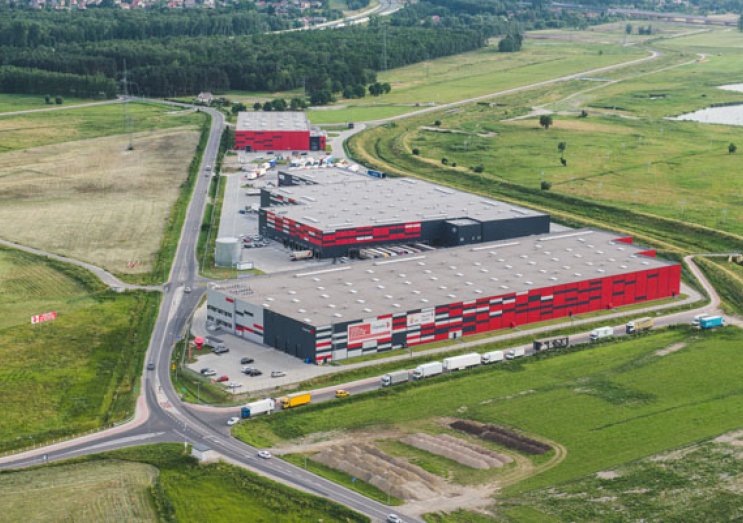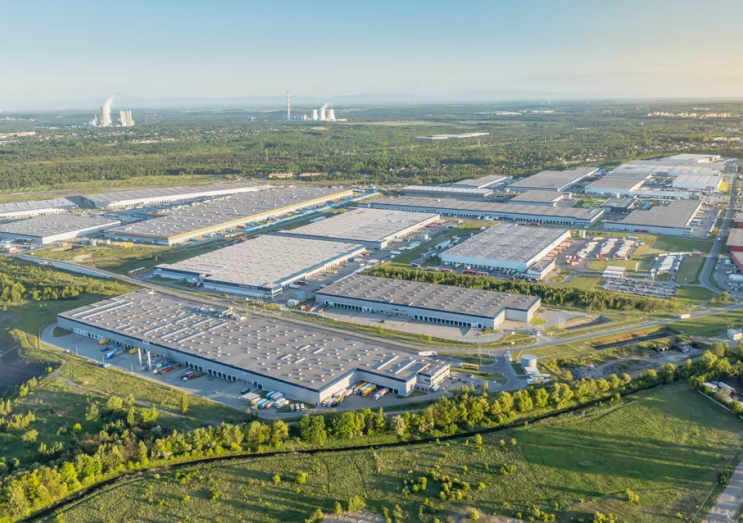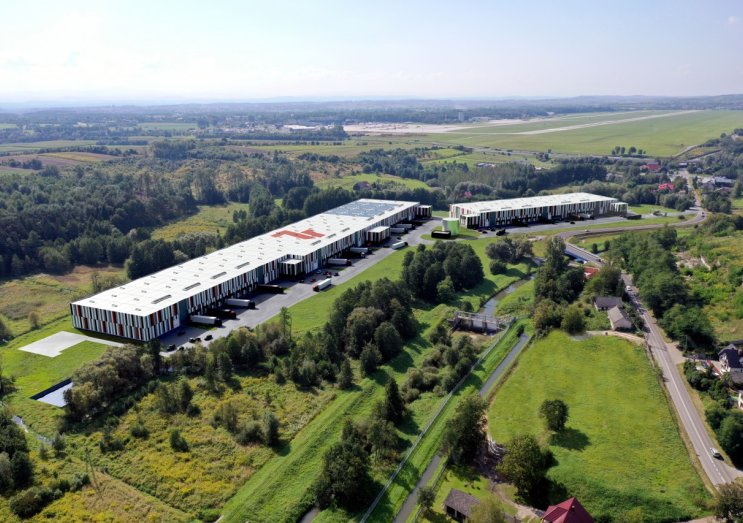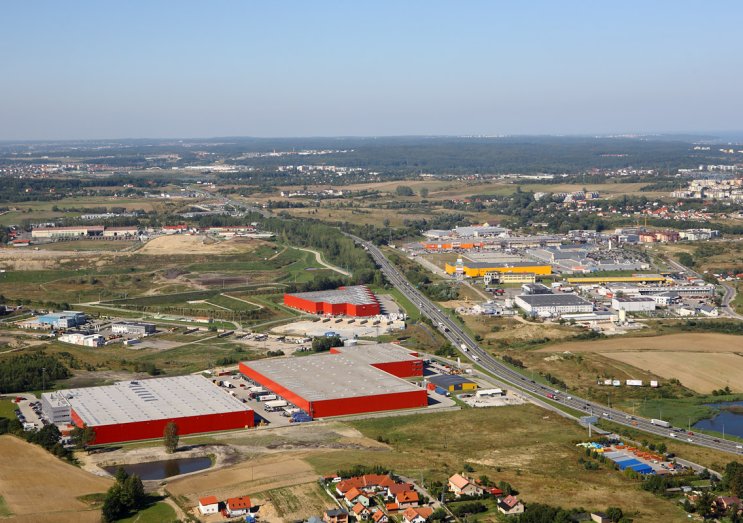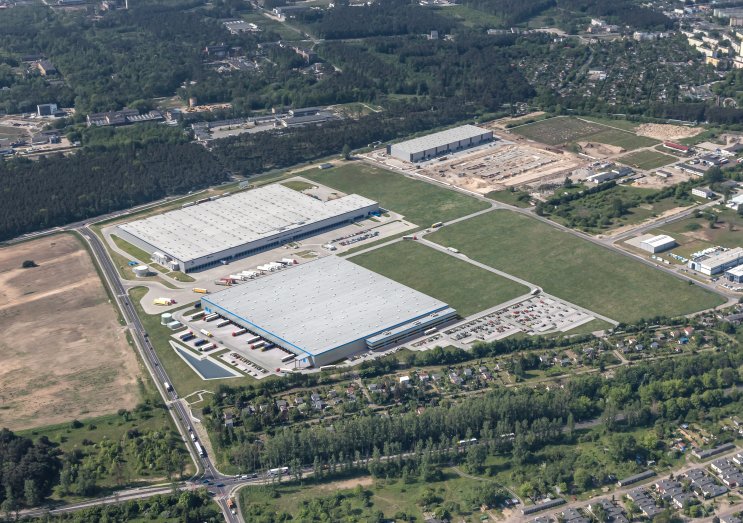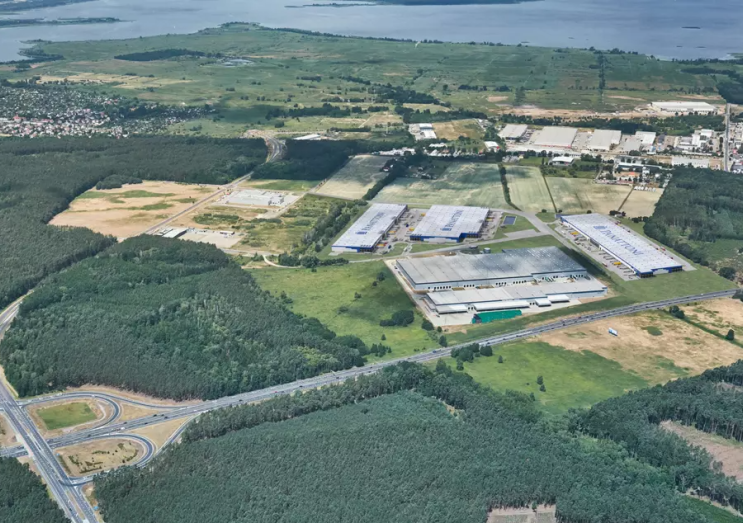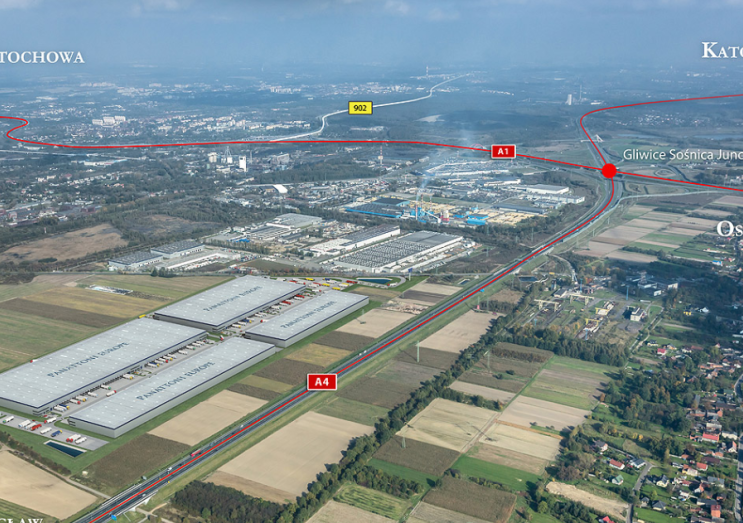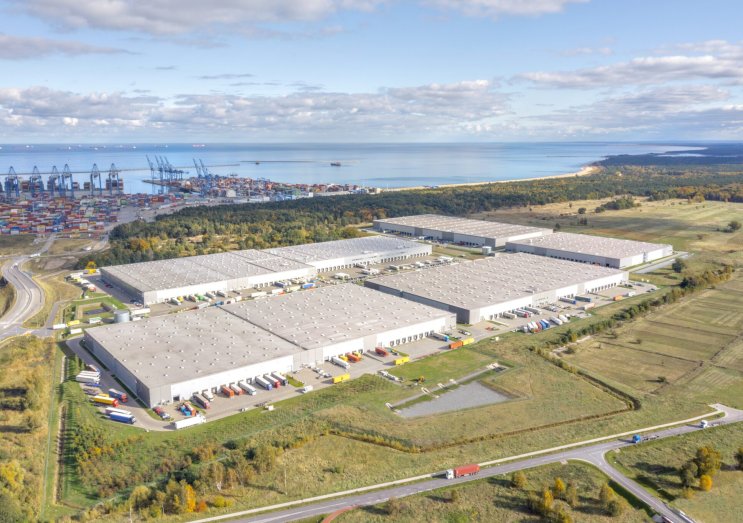Jakub Kurek, Head of Industrial and Warehouse, Newmark Polska, talks about logistics market opportunities and challenges. There will be no shortage of warehouse space, e-commerce will remain a key player and developers will want to deliver both BTS and speculative projects, he says.
By the end of 2022, the industrial development pipeline had shrunk by over a quarter compared to the previous year. Given that the turnaround time for a new warehouse project is usually 10 months, will there be a shortage of industrial space?
The concerns about a potential supply gap are largely due to the weaker figures for space under construction in the final quarter of last year. While the projects commissioned in previous years were completed, there were no new starts. Developer caution was due to high construction costs, rising inflation and tighter financing conditions. The development pipeline looked at in isolation could indeed be a cause for concern, but, overall, new supply hit record highs last year, and especially in the first three quarters. Over 4.4 million sqm of modern warehouse and industrial space came onto the market in the whole of 2022. Most of that total has already been leased, but space to lease is still available. And we have never had to tell a tenant that we have nothing to offer, but some waiting may now be involved.
What will happen when supply begins to run low?
Luckily, we managed to put a pretty tough period behind us thanks to the huge number of new completions in 2022. The warehouse market was challenged on many fronts, but we do expect macroeconomic conditions to improve in the coming quarters, with green shoots including falling and stabilizing commodity prices. We also think that Poland’s overall vacancy rate of around 4% is now at its lowest. Warehouse availability is currently the highest in Central Poland, Upper and Lower Silesia. At the other end of the spectrum are Tricity, Krakow, Bydgoszcz and Toruń.
And any new projects in sight?
Developers want to build and are looking for ways to deliver – it’s their business. They have land banks and some have already announced new projects they will be marketing. Unless there is a sudden change of direction, I believe there will be no shortage of warehouse space. Securing financing remains a challenge, but it’s not a hopeless situation. Banks have been demanding higher pre-let rates for quite some time, but higher does not always mean 50%. Everything depends on a case-by-case risk assessment in which a financing institution considers such factors as location and the financial standing of a tenant and developer. In some cases, loans may be granted for projects with 25-30% of space pre-let.
Do real estate advisors play a bigger role at times of increased market volatility?
The market now requires us to provide more insight and expertise, and frequently to conduct intra-team consultations. After everything that we went through last year, prices are yet to stabilize – there are still large discrepancies in asking rents. So it’s easy to get confused in all that. By comparing dozens of offers and tracking changes on an ongoing basis, our advisors are able to evaluate an offer, clarify or challenge unclear provisions. At the same time, we are focused on finding solutions that will generate savings – that’s what clients need most today.
Low vacancy rates represent an opportunity for developers building speculatively. Are there such projects underway?
Despite the current market uncertainty, a few developers have taken the risk to build speculatively. While not a major trend, speculative projects are not that uncommon at all. We have calculated that out of the 167 warehouse completions in the whole of 2022, only 15 buildings (accounting for around 10% of last year’s warehouse space supply) were delivered without any pre-lets, and another 40 or so came onto the market without being 100% let.
So, as you can see, such projects continue to be developed. Speculatively built warehouse parks include: Hillwood Łódź II (over 97,000 sqm), Prologis Park Wrocław III (49,000 sqm), Panattoni Park Tuszyn (57,800 sqm) and another GLP project in Lędziny, Upper Silesia (18,000 sqm). In addition, CTP is now building speculatively a total of over 400,000 sqm in Kobyłka, Zabrze, Katowice, Iłowa, Mszczonów and Sulechów, among others.
Build-To-Suit (BTS) and Build-To-Own (BTO) projects are totally different development models.
Yes, it’s true and this trend is gaining traction. In 2022, close to a million square metres of warehouse and production space was constructed on a BTS or BTO basis – quite a natural consequence of the growing demand coming from manufacturers. This is largely due to the nearshoring and friendshoring trends, which are likely to gain momentum on the market in the coming years. Production facilities require many improvements which are unfeasible in existing buildings – that’s why they are usually tailor-made. BTS projects will remain popular given the expected growing number of manufacturers entering the market.
What is driving the demand for BTO warehouses?
Warehouse rents which had been low in Poland for many years discouraged clients from committing to BTO projects. However, last year saw average rents soar by around 20-30%, which made owning a warehouse or a factory more economically viable. The payback period for new warehouses, which used to be 15-20 years, has now shortened to 10 years given the current cost levels. That said, by no means is a BTO project the right solution for all companies needing a tailor-made warehouse. This option is usually favoured by companies that can afford it and want to own and manage a property.
Two years ago the warehouse market was largely driven by e-commerce. Do e-retailers continue to generate substantial warehouse demand?
E-commerce has been and will remain a major player in the warehouse market. However, it is characterized by high dynamics – if it grows, it grows exponentially; by the same token, any correction is also clearly noticeable. That’s why we should look at e-commerce from the perspective of over ten years rather than just two or three. A correction has indeed taken place in recent months as consumption has fallen due to tougher economic conditions. However, e-commerce is expected to grow in the longer term, with online shopping firmly established as an alternative to traditional retail and sales growing. The comparison of Poland’s online penetration rate with that in Western Europe shows that opportunities in this sector are plentiful and there is still a long way to go.
What’s the outlook for the coming months? What are the opportunities and challenges lying ahead for the warehouse market?
Poland is cementing its role in international politics. We are seen as an important and stable partner – and this attracts new investors to Poland. Looking ahead, we expect to see an increase in foreign investment and demand for production and warehouse facilities. Overcoming current economic headwinds will, however, remain a challenge. But above all, we are looking forward to interest rates being cut, which would trigger new investments and capital market activity. If we succeed in combating inflation and tighter financing conditions, warehouse construction is likely to set new highs in a year or two.

